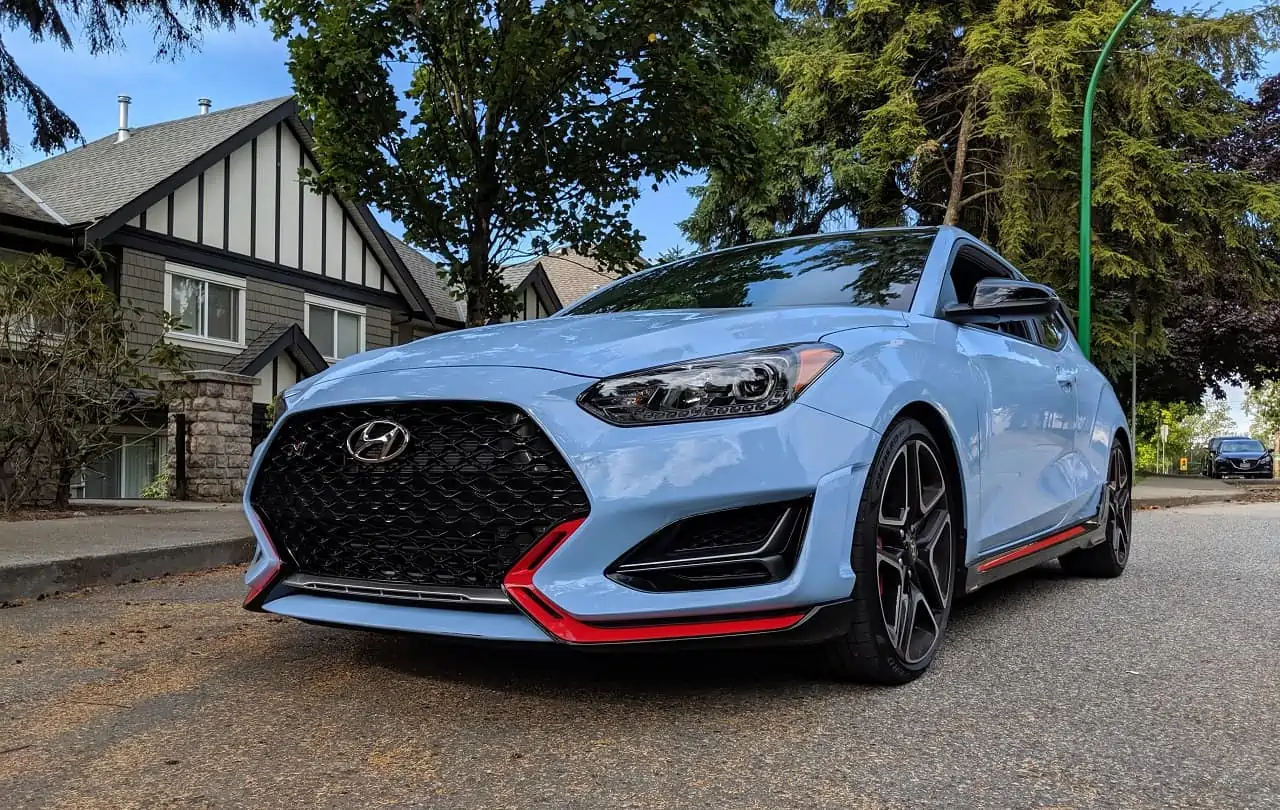One of the most significant factors when it comes to determining your monthly lease payment is the quoted residual value of the car at the end of the lease term. As you may have surmised, the residual value is what the leasing company expects the car to be worth when your lease is over. This figure is used to determine how much of the car’s value you will consume during the lease period, which is the primary way residual value affects a lease.
Let’s examine this a bit more closely.
How Residual Value Works
As mentioned above, the residual value of the car in question is its anticipated value at the end of the lease. That is, assuming the car is kept in excellent condition and the accrued mileage falls below the contracted cap. This is usually 12,000 miles annually for mainstream cars and 10,000 miles each year for luxury cars.
Thus, if you’re leasing a car like a Jeep Compass for 42 months, you’ll likely agree to drive a maximum of 42,000 miles. The leasing company will bill you at the rate of $.25 per mile if you exceed that figure.
Now, let’s say MSRP on that Compass is $25,000 and the residual value is set at $15,000. Your monthly payment will be based, in part, on the $10,000 of depreciation the Compass is expected to experience during the period you have the vehicle. This $10,000 would be divided over the 42 month term of the lease, making your base monthly payment roughly $238.00. Taxes, fees and interest would be added to this amount to arrive at your actual monthly payment.
How Residual Value is Calculated
Just as you should look at sites like Kelley Blue Book (KBB.com) and Edumunds.com to get an idea of what people are paying for cars in your area to inform your negotiations, manufacturers typically turn to publications like Automotive Lease Guide to get an idea of how to expect the pricing of a model to perform over its lifetime. ALG bases this determination on the perceived reliability of the model, its safety record and of course its popularity as reflected by its resale value.
Here’s the thing though, the higher the residual value, the lower your monthly payment and the more attractive the lease deal will appear. Conversely, lower residual values mean higher monthly payments, which makes it harder to put together an irresistible deal. Dealers and manufacturers, as you might expect, love high residuals. Lenders, on the other hand, prefer low residuals, because they’re thinking of selling the car at the end of the lease and want to lock their profit in early on.
In general, though, the residual value is calculated as a percentage of the MSRP of the auto in question. Keep in mind; the percentage will vary with the length of the contract. A three-year lease might carry a 50 percent residual value, while a one-year lease might have a 70 percent value.
Ask the dealer for the rate being applied to your deal, multiply the MSRP of the car by that number and you’ll have the residual amount.
Another Reason Residuals Matter
In addition to helping establish your monthly lease payment, there is another way residual value affects a lease. The figure also governs how much you can expect to pay if you decide to keep the car at the end of the lease. The buyout amount is based in part on the residual value of the car.
Thus, if you want to get an idea of what your monthly payment would be if you decided to keep the car at the end of the lease, you could plug the residual value into an auto loan calculator as the purchase price, along with the amount of time over which you’d finance the loan, your anticipated interest rate and the amount of the down payment you’d have.

